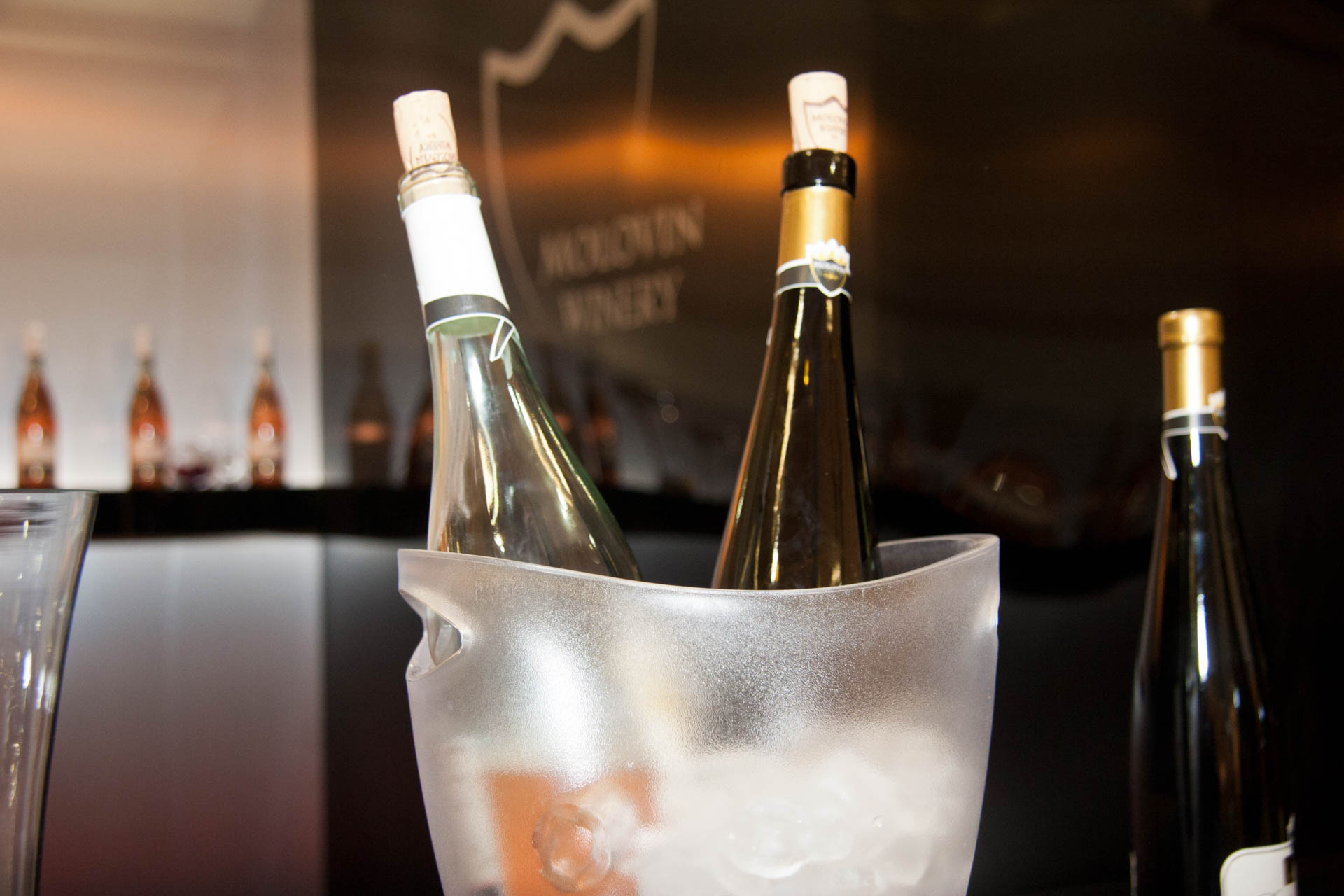On the territory of today’s Serbia, grapevine is grown for thousands of years. Traces of viticulture and winemaking from the Bronze Age (vessels from about 2200 BC) and the Iron Age (around 400 BC) are a testimony to this. The Roman emperor Marcus Aurelius Prob, was porn in a Roman city Sirmium in the year 232, has planted grapevine on the slopes of Fruska Gora, and so the beginning of viticulture in this area is connected to his name.
Viticulture flourished in the time of Nemanjic (12th – 14th century), especially in Metohija. During the time of emperor Dusan, who himself possessed large vineyards and a royal wine cellar near Prizren, a law was passed on winemaking and its quality.
In the time of Osman and after Austro-Hungarian rule, the wine industry has stagnated. After the liberation from the Turks in Serbia comes to an intensive development of viticulture, which becomes a significant economic branch, so that in 1848, with the establishment of “Navip’s” cellar, organized wine production in Serbia began.
At the start of the 20th century, king Petar I Karadjordjevic and his son Aleksandar have on Oplenac near Topola raised tens of hectares of vineyards and a cellar in which they produced the highest quality wines. Nearby there was a Vencacka viticulture association, which was known for producing sparkling wine, as one of the largest wineries on Balkans.
The wine industry in former Yugoslavia was among the top 10 greatest global wine producers and produced over six million hectoliters of wine annually, but not of particularly high quality. When Yugoslavia fell apart, consequently the Serbian economy fell apart as well, including the wine industry. However, in this century Serbian winemaking has started to recover and turn to quality. Numerous small and medium-sized private wineries have entered the market, often as family companies and with high regards to quality standards and taste. Along the way some almost lost traditions were revived, such as Bermet from Sremski Karlovci. Yet, only about 5% of domestic production is being exported, mostly to neighboring countries. Quality and high quality wines make up about 35% of production.
In order to revive the wine industry of Serbia, the Republic has in 2013, announced, still valid today, a classification of wine regions, defining 22 regions and detailing their boundaries and characteristic. They are: Pocersko-Valjevski, Negotin Krajina, Knjazevac, Mlav, Toplica, Nis, Nisava, Leskovac, Vranje, Cacansko-Kraljveacki, Three Moravas, Belgrade, Sumadija, Srem, Subotica, Telecki, Potiski, Banat, Southbanat, Backa, Northernmetohija (Kosovo) and Southernmetohija (Kosovo).

Among more than 50 grape varieties which Serbian winemakers prefer among the very top are Prokupac, Sauvignon blanc, Italian Riesling, Cabernet Sauvignon, Chardonnay, Pinot blanc and Pinot Noir, Hamburg, Muscat, Afus-Ali, Vranac, Tamjanika, Krstac, Smederevka, Dinka (Ruzica). In Serbia some rare varieties survive, such as Crochet Muscat and Othello. Some of the oldest and most authentic grape varieties are considered to be Prokupac (a kind of red wine known from the early Middle Ages) and Tamjanika (a Muscat originated from the South of France, known in Serbia for longer than 500 years). White wines make up about 65% of production, and red about 35%.
Prokupac, Vranac, Krajina Temjanika black, are most often mentioned as autochthonous red wines (In the Negotin valley, but also in other regions of the EU), and Merlot, Cabernet Sauvignon etc. as international. Among white wines Smederevka, Tamjanika, Krstac, Dinka are the most famous domestic wines, and Chardonnay, Sauvignon blanc, Rhine and Italian Riesling in the international category.
Although in this (agri)cultural segment the numbers tend to significantly vary, in Serbia today there are about 20.000 hectares under vineyards, and about 200.000 tons of grapes are produced annually as well as 25.000 tons of wine. Most Serbian wines are produced in local wineries. Wineries employ around 100.000 households in Serbia.
It’s interesting that Serbian viticulture regions are located at the same geographical width as the main French viticulture region. The harvest season in Serbia begin in July (firstly, fresh grapes for eating) and ends in October (the last grapes for wine production).
According to the latest information, the biggest number of production wine plants are located in the Three Moravas region (about 23% from all production plants registered in the Wine registry), and in the Srem region (about 21%)/
Kao autohtona crvena vina po zastupljenosti se najčešće pominju Prokupac, Vranac, krajinska Tamjanika crna (u Negotinskoj dolini, ali i drugim regionima EU), a od internacionalnih Merlot, Kaberne sovinjon… Među belim vinima najpoznatija domaća su Smederevka, Tamjanika, Krstač, Dinka, a u kategoriji internacionalnih Šardone, Sovinjon blank, Rajnski ili Italijanski rizling. In relation to vineyards (narrower winemaking areas in the region, which are characterized by a common specific ecological factors, a selection of recommended varieties and other factors), the largest number of wine production plants are located in the Fruska Gora vineyards (about 16%) and in the Zupa vineyards (about 15% from the total number of wine production plants which are registered in the Winery registry).
Grape production sector in Serbia is characterized by a large number of grape producers who possess small vineyards on small areas. They are about 13% in regard to the total number of households, which is considered a structure unfavorable in regards to competitiveness.
The structure of grape processors, that is winemakers in Serbia is similar to the structure of grape producers – wineries with small capacities for grape processing and winemaking are the most dominant. From about 300 wineries, about 130 of them have maximized capacities for annual wine production under 20.000 liters. About 90 of the have maximized capacities from 20.000 to 40.000 l, and the largest volume of wine capacities is located within the fifty largest Serbian wineries, which have the capability of maximized annual production of 100.000l and more, where only 13 wineries have the maximized capacities greater than 1.000.000 l.

